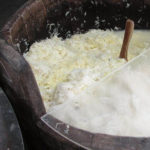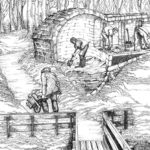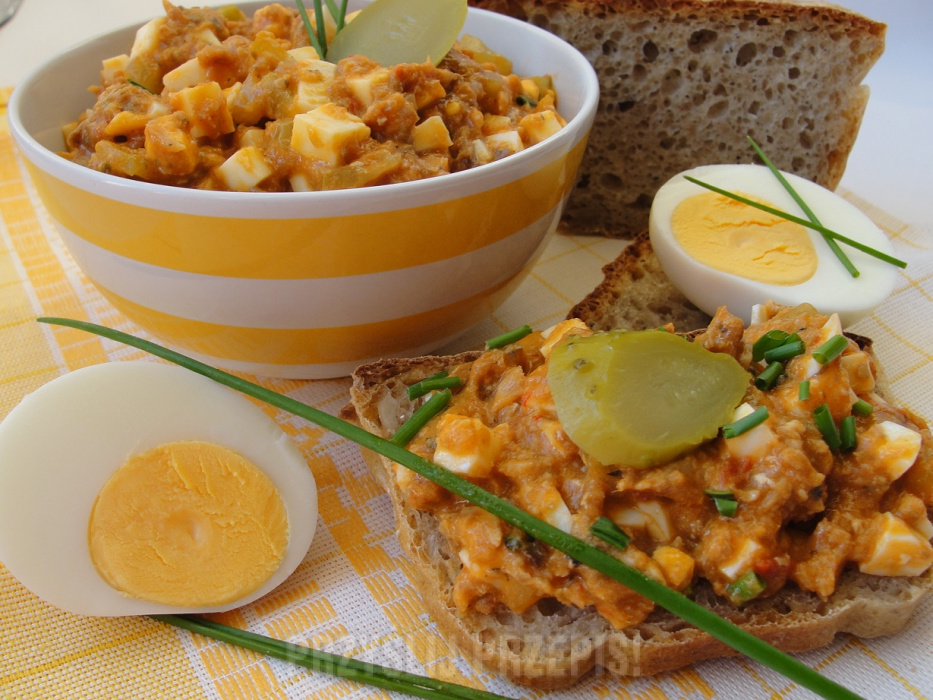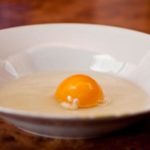 SOLENIE
SOLENIE
As you can see, essentially only the seeds of the plants were stored as close to the raw state as possible. In fact, the essence of preserving food products is to deprive them of water, constituting a favorable environment for decay processes to take place. It is known from prehistory, that in the case of meat preservation, salt is best suited for this process – and in large numbers. This not readily available substance was used to preserve animal fat - lard! – and fish, especially marine, which, secured in this way, could be the subject of far-reaching trade. Fishes, salted and folded in earth pits boarded with wood, in Rus, they meant stocks for months. Perhaps the analogy is not very close, but from years 60. i 70. We still remember the view from the shops of the twentieth century (and smell) salted herring, put up for sale in wooden barrels. We also remember the taste of salted butter – perhaps the Slavs knew this way of extending the shelf life of this popular fat?
Salting was also accompanied by other methods of preservation: drying and smoking of meat. The first of these techniques was more appropriate due to the climate of the southern Slavic region – well salted, thin portions of meat exposed to sunlight and wind, under favorable weather conditions, achieved the correct structure after only a few days (today we would say: the old one, leather sole). Thanks to this, such a piece of meat – we have tested it experimentally – it could be stored without the risk of deterioration for up to nearly a year.
DRYING
Drying the fish, confirmed for the early Middle Ages by written sources, mentioning, for example, a certain "Pomeranian resident with his wife among Morzyczanie, who has no bread, he ate fish in the summer and dried them for the winter, and he only agreed to sell them for salt ", it works perfectly to this day, for example in Ukraine. As a gift from our friends in Kiev, we recently got a dried bream – with head and guts! To the question, how are we to eat it, we heard, that "yes, how it is", because it's a great appetizer with beer.
Drying is also a great way to preserve others, extremely important products in the Slavic diet: herbs, cereals, fruit and finally mushrooms (mushroom picking enthusiasts also do it today!). In this uncomplicated way, it was possible to prepare valuable supplies for the winter. It usually took place in the sun and wind, but especially for fruit it is also possible to dry over the hearth: a stove or a cave, above which a wooden frame was hung with an openwork bottom made of halved hazel rods, the so-called lasso or reef, with all of them spilled on it (plums, cranberry, mountain ash, tarnina) be fragmented (apples, pears) fruit.
WHERE DOES THE ROSE COME FROM??
If only beef – best! – dry pork meat in the sun, you need to salt them very much. Meat preserved in this way can be stored for a long time, but it is very hard and salty. However, we can try to add them in a shredded form to the toppings, which will give the desired salty taste. If we wanted to eat only the meat, our taste buds could rebel, and my teeth suffer. However, a method was quickly devised, to remedy it – a piece of dried meat is enough to boil it in water. Then it becomes soft and loses its intensely salty taste – becomes salty, and the water, in which it was cooking, turns into meat broth, that is, ro(with)salt!








